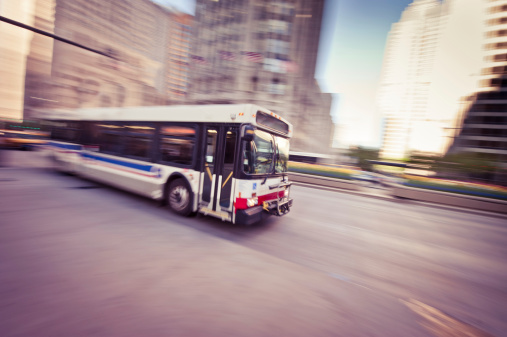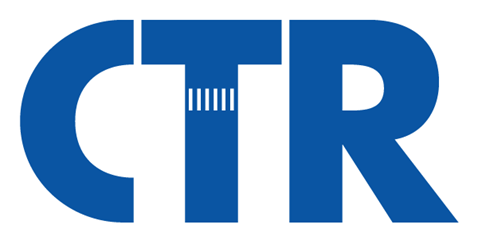Public transport prioritization by dynamic bus lanes
Reduced travel time and increased reliability can improve the competitiveness of public transport. Buses often share space with other vehicles and travel time and reliability depends on traffic flow. This can be mitigated by prioritization measures as bus streets or bus lanes, but such measures are not always possible due to limited space or too large impact on other traffic. An alternative is dynamic bus lanes, which only are reserved for buses when needed.
Previous research on dynamic bus lanes includes three field trials, but documentations are unfortunately limited. The conclusions are primarily that dynamic bus lanes have potential. Previous traffic model investigations of dynamic bus show reduced bus travel time and limited delay for other traffic. However, the studied traffic conditions do not represent typical Swedish conditions. The aim of this project is therefore to study impacts on traffic performance and emissions for a main arterial with real world bus frequencies for a Swedish situation.
The investigation is based on a traffic simulation case study for a common Swedish arterial with two lanes, signalized intersections and congestion limited to short peaks. Laholmsvägen in Halmstad was used as a starting point to study impacts for different traffic demands. The model was calibrated using bus trajectories, traffic and turning counts and vehicle trajectories from video for two intersections. The results for dynamic bus lanes were compared to two reference cases: no bus lane and dedicated bus lane. The conclusion is that dynamic bus lanes imply some gains in travel time and reliability but mainly at traffic demands that also imply relatively large impacts on other traffic. The results show that dynamic bus lanes are at least as good as dedicated bus lanes but imply less impact on other traffic due to higher capacity.
Publications
Olstam, J., Häll, C.H., Bhattacharyya, K. & R. Gebrehiwot. Eur. Transp. Res. Rev. 17, 10 (2025).
Traffic impacts of dynamic bus lanes: a simulation experiment of real-world bus operations .
Olstam, J., Häll, C. H., Bhattacharyya, K. & Gebrehiwot, R. (2024).
(Retrieved from Statens väg- och transportforskningsinstitut website).

Project partners:
VTI, Linköpings universitet (LiU), Halmstad kommun, Hallandstrafiken



